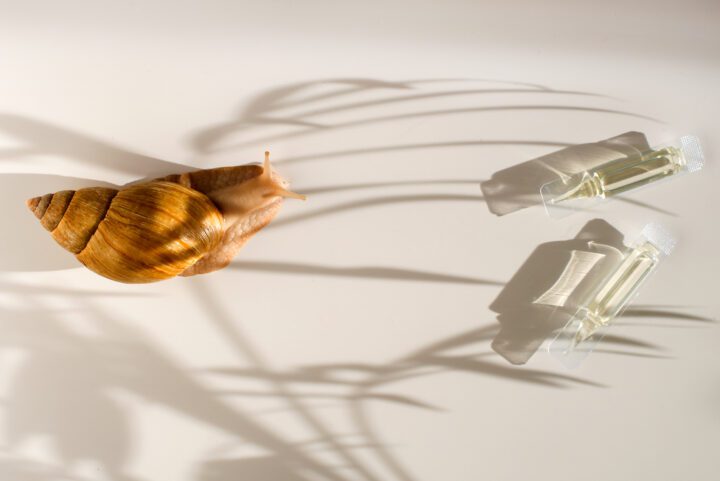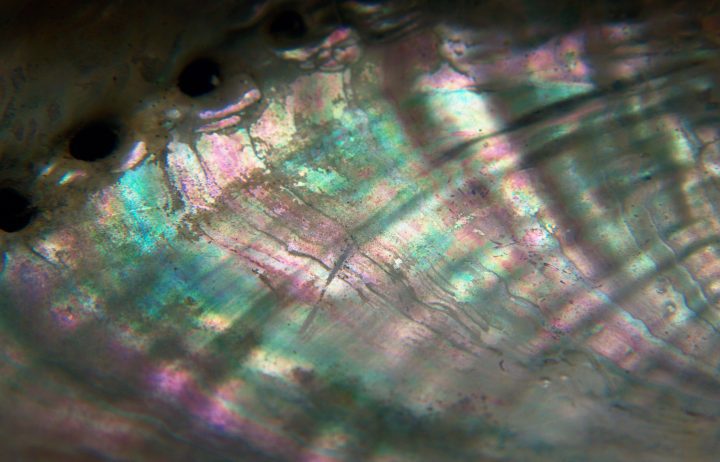Shoe grip from Harvard and MIT pops out to increase friction with the ground and reduce the likelihood of slipping and falling.
Benefits
- Slip resistant
- Safer
- Lightweight
Applications
- Medical devices
- Clothing design
- Outdoor gear
- Shoes
UN Sustainable Development Goals Addressed
-

Goal 3: Good Health & Wellbeing
-

Goal 10: Reduced Inequalities
The Challenge
Elderly individuals are more vulnerable to slipping, falling, and severely hurting themselves. A fall due to a wet or icy surface could be potentially life-threatening. If these falls could be prevented, lives would be saved and injuries would be reduced.
Innovation Details
The pop-up shoe grip is made of a thin sheet of steel with precise cuts that mimic snake scales. The cuts are made by kirigami, the Japanese art of paper cutting. The cuts allow the material to transform from a smooth surface into a spiked sole ready to dig in for traction, and back again. When a person walks, the weight shifts from the heel to the toe. This causes the material to stretch, and the cuts pop out into small spikes that dig into the ground and create friction. When the foot flattens, the spikes fold back into the material, creating a smooth surface. The device weighs less, is easier to take on and off, and creates more friction than comparable commercial products.
Biological Model
Snakes are limbless animals and so must move over a variety of surfaces using only their flexible and slender bodies. The scales of snakes allow them to move and only create friction only in the direction they need it, known as directional friction. Scales on the bellies of snakes have small “micropatterns” that create arrays of v-shaped feathered trailing edges. The tips of these v-shapes point towards the tail of the snake and, in some species, they are raised at the tip. In this way, as the snake slides, the surface moves easily up and over the raised tips, but in the reverse direction they act like the pawl of a ratchet, snagging the surface and resisting movement in the opposite direction. This creates low friction when the animal is moving forward, but generate high friction and grip when it moves from side-to-side or backwards.






